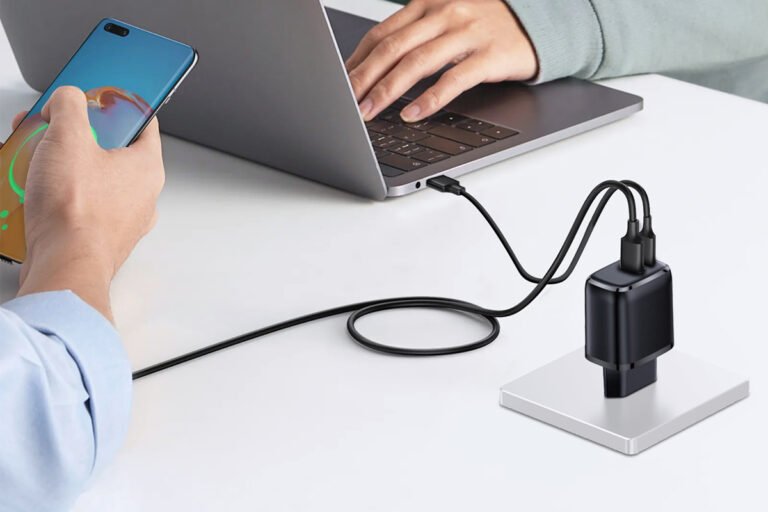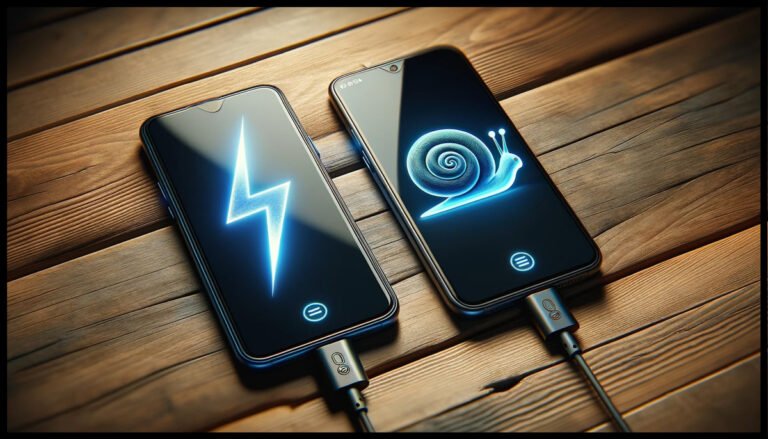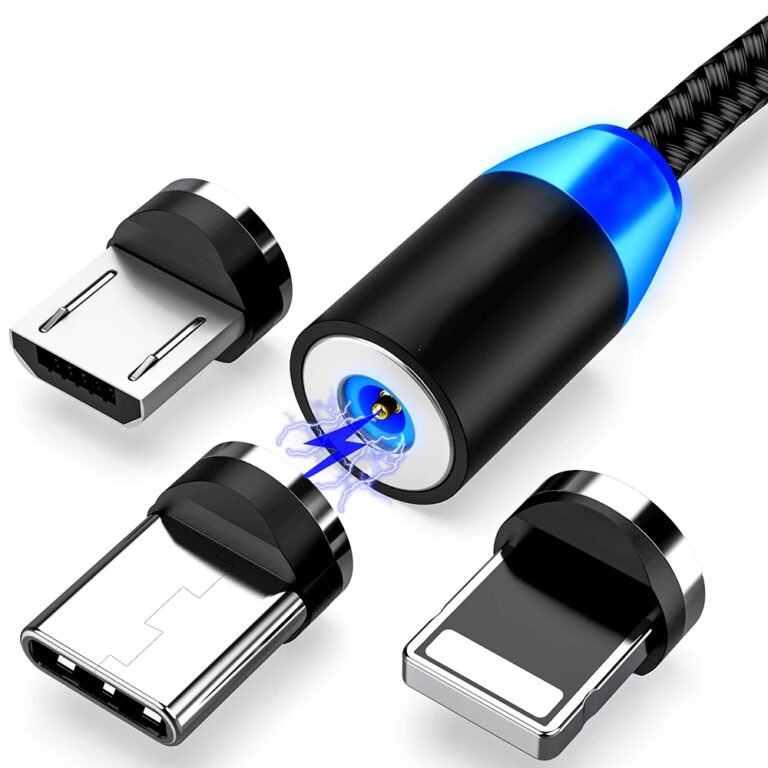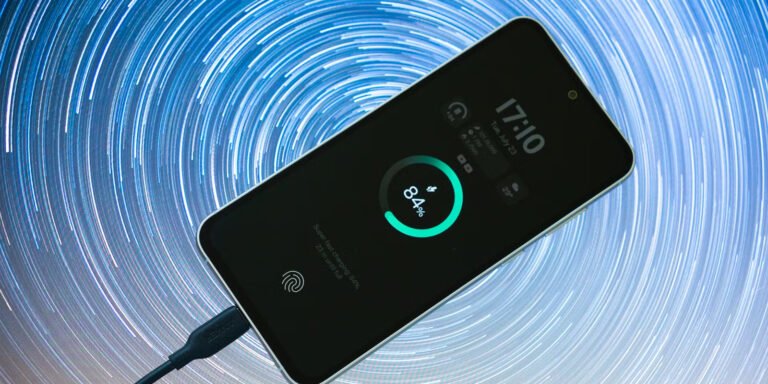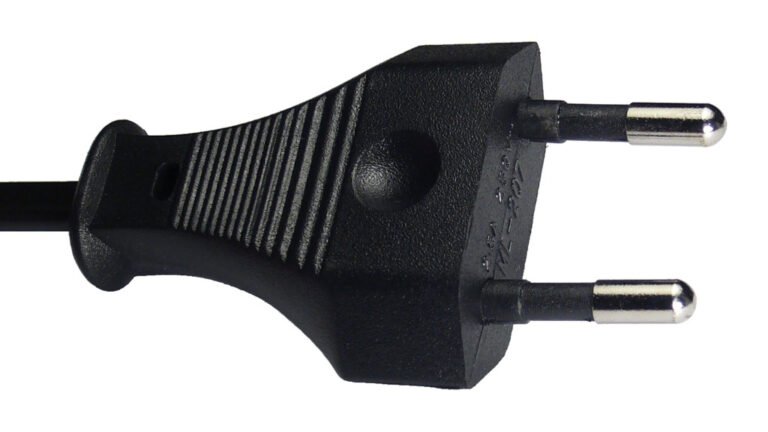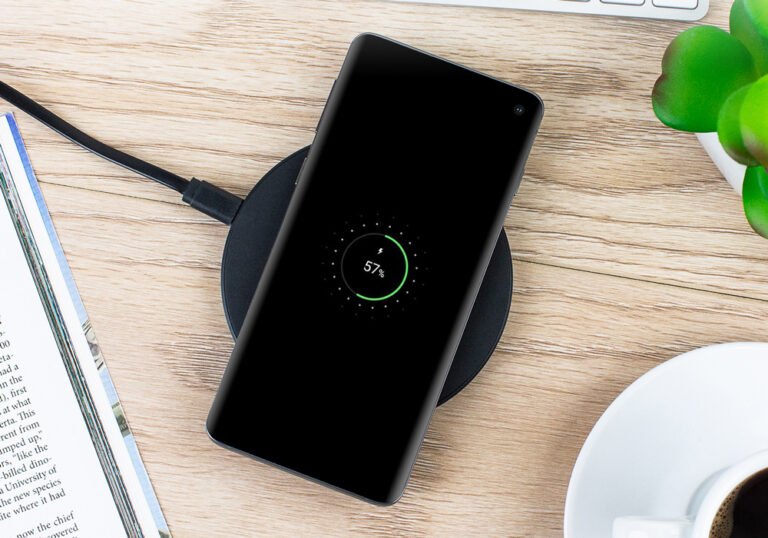Introduction
Mobile phone technology is developing rapidly, but the battery life of mobile phones is not enough to meet the daily use of users, which is a bottleneck restricting the application of mobile phones. Although a large battery can increase the battery life, its large capacity requires an increase in volume. You can’t imagine that mobile phones will return to the era of brick phones. However, with the vigorous development of fast charging technology, it seems that the entire industry has seen hope, and many mobile phone fast charging solutions have emerged.

Theoretical basis of fast charging
The birth of fast charging is to meet the needs of the market, and it also has a scientific theoretical basis. Battery energy W = P (power) × T (time). Therefore, it can be seen that when the battery energy, that is, the battery capacity, is constant, increasing the power can reduce the charging time. The greater the power, the shorter the charging time. In addition, P (power) = U (voltage) × I (current), it is also easy to deduce that there are three ways to increase power: increase voltage, increase current, and increase both voltage and current at the same time.
Types of fast charging
At present, there is no doubt that the fast charging technology of mobile phones increases the charging power and shortens the charging time to achieve the purpose of fast charging, but the method used to increase the power is generally to increase the voltage or increase the current, so the existing fast charging technology is mainly divided into two categories: low-voltage and high-current fast charging, and high-voltage fast charging.
Low voltage and high current fast charging
OPPO VOOC technology is a typical representative of low-voltage, high-current fast charging. Since the charging current of this technology is relatively large (4A-4.5A), the requirement for line loss R is very high, otherwise the loss of IIR will be relatively large. Therefore, VOOC uses a dedicated charging head and USB cable, and both are required to achieve fast charging. The hardware cost of the entire charging system is very high, and other charging heads and USB data cables cannot be used. In general, the compatibility is poor. Of course, the slogan of charging for 5 minutes and talking for 2 hours is still deeply rooted in people’s hearts.
High voltage fast charging
High-voltage fast charging is represented by Qualcomm Quick Charge 3.0 technology and MediaTek Pump Express Plus technology. In fact, the principles of high-voltage fast charging are similar. The main difference is that the charging head integrates the fast charging protocol IC. The difference is that the handshake protocols of each fast charging are different. After the handshake between the charging head integrated with the fast charging protocol and the mobile phone fast charging device is successful, they will output their own fast charging high voltage. The mobile phone device that cannot recognize the fast charging will output 5V and convert to 5V standard charging.
At present, the high-voltage fast charging technology of each company is compatible with 5V ordinary charging, and can charge mobile phones that do not support fast charging. In addition, the current flowing through the data line of high-voltage fast charging is not large, and the conventional USB data cable can be used. In this way, the compatibility of high-voltage fast charging is stronger, so the cost will be cheaper than the hardware cost of low-voltage and high-current charging, and therefore it has been used by more mobile phone manufacturers such as Xiaomi, Nubia and other manufacturers.
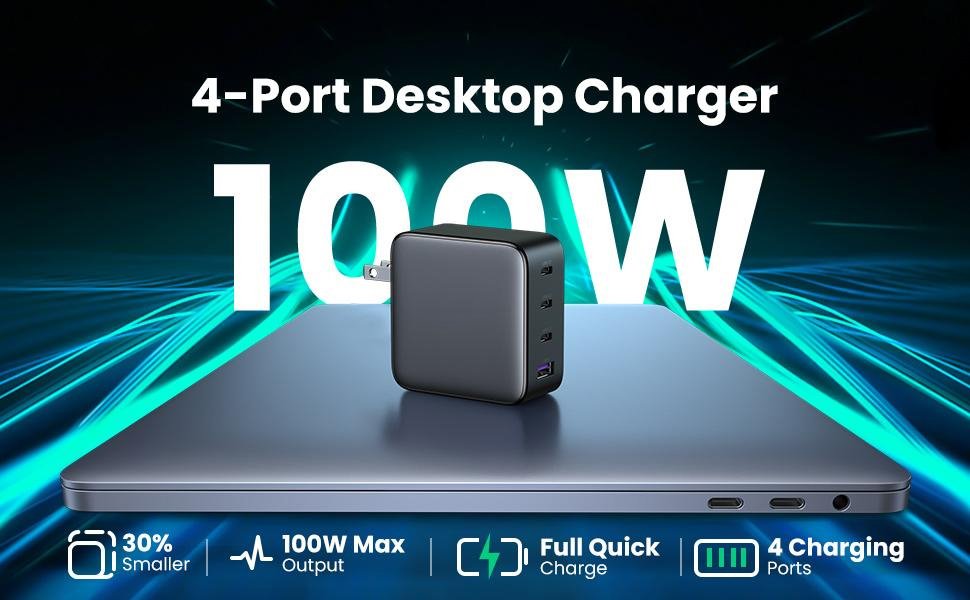
The bottleneck of fast charging
At present, fast charging technology is still limited by the physical characteristics of lithium batteries. Fast charging technology can increase the current flowing into the battery, but the current battery charging rate is only about 1-1.5C. The current is too large and the battery cannot withstand it, so the increase in power of fast charging technology is also within a limited range. In addition, fast charging technology only has a significant improvement on charging time in the CC (constant current charging) stage of the battery, and there is still no good way to solve the time consumption in the CV (constant voltage charging) stage of battery charging.
Going out with only one mobile phone has become the current situation of most people. The battery, as the heart of the mobile phone, is most afraid of not being able to find a place to “recharge energy”. However, the increasingly advanced mobile phone “fast charging” technology has made “charging for 5 minutes and talking for 2 hours” gradually become a reality.
So when using a mobile phone for fast charging, which one is more effective, the charging head or the charging cable? Will fast charging cause an explosion? Will it affect the battery? Read on!
What is fast charging?
We have all learned the physics calculation formula: power (P) = voltage (U) x current (I)

When the battery power is constant, power indicates the charging speed. Compared with normal charging, fast charging shortens the charging time through the following three methods to achieve fast charging.
- The voltage remains unchanged, and the current is increased
- The current remains unchanged, and the voltage is increased
- Both voltage and current increase
Of course, if a mobile phone wants to achieve fast charging, it not only needs technological improvement, but also requires the mobile phone itself to support fast charging and use the corresponding fast charging charger (including charging head and charging cable).
Which is more important, the fast charging charger or the charging cable?
Charging power is a key indicator to measure fast charging technology, and this indicator depends on the charging head.
Many domestic flagship phones can charge at around 40W (ordinary chargers can only charge at 5-10W). Among them, OPPO has 50W fast charging, Vivo has 44W fast charging, and Huawei has 40W and 55W fast charging technologies. High-power fast charging technology requires a charging head with corresponding power.
But don’t forget that the charging cable is equally important:
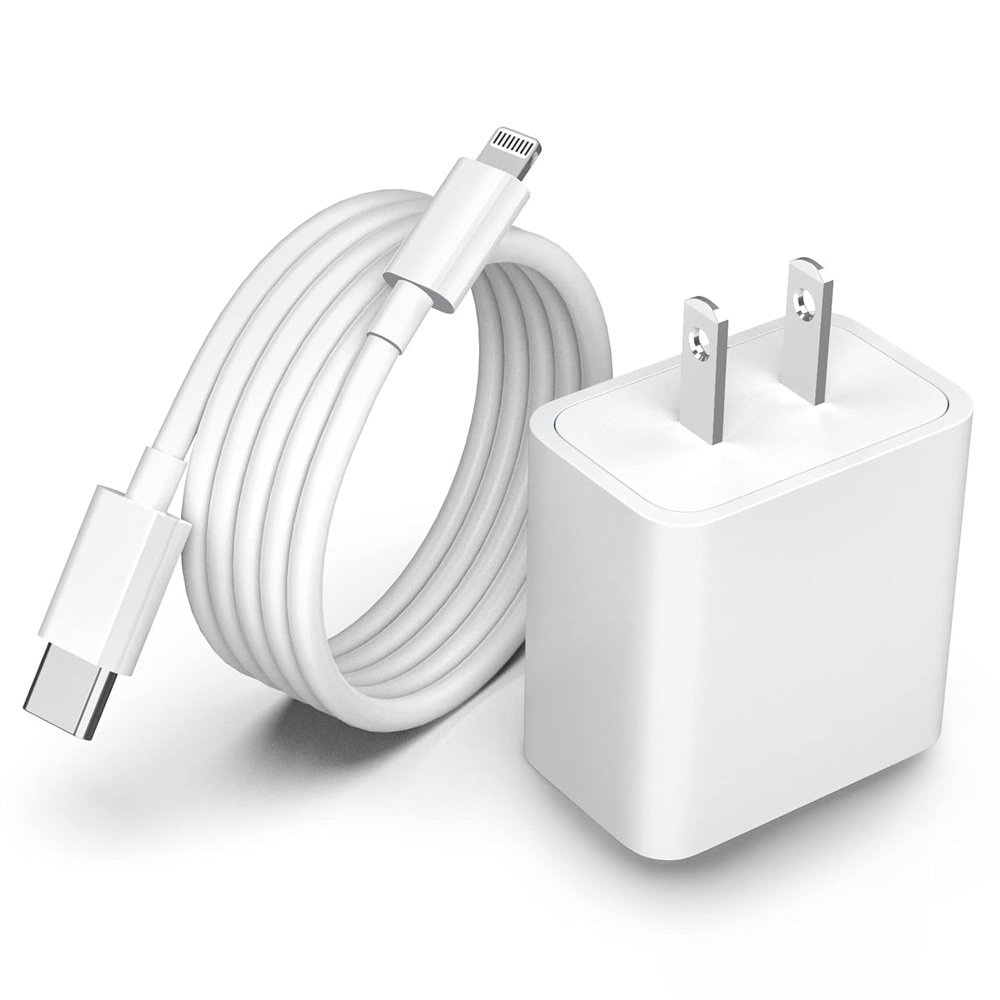
Compared with ordinary charging cables, cables that support fast charging are somewhat special. All mobile phones since the iPhone 8 series support fast charging, but you need to buy a dedicated charger. There are only 3 working wires in the ordinary charging cable of Android phones (2 of which are power cables and 1 wire is grounded). In the Android fast charging cable, there are basically 5 working wires, 2 power cables , 2 data cables , and 1 ground wire (as shown below) .
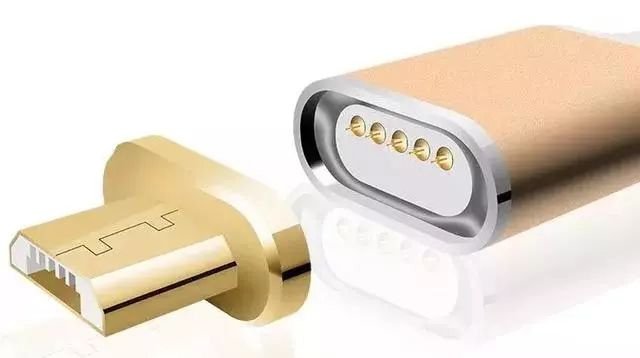
The two extra data cables compared to ordinary charging cables are very important. They are responsible for communication between the charging head and the power management chip of the mobile phone.
For example
A certain mobile phone supports 40W fast charging, and on its charging head, the power output supports three specifications: 5V/2A, 9V/2A and 10V/4A. Then, the two data cables in the charging cable will communicate during charging and select the most appropriate power to charge the mobile phone.
Fast charging technology is not simply about matching the charging head and the charging cable, but also about matching with the power management chip of the mobile phone. Compared with ordinary charging cables, fast charging has higher requirements for both the charging head and the charging cable. The two complement each other.
Is fast charging safe?
So far, Apple’s original charger is still 5V/1A and does not support fast charging. Some Android phones have fast charging as standard, reaching 18W (9V/2A), and a few flagship top-end phones can reach 40~50W.
To achieve fast charging on mobile phones, a complete set of customized circuits, battery cells, interfaces, data cables and matching fast charging adapters are required. At the same time, an intelligent power management system is also needed so that the mobile phone can provide safe and intelligent charging protection according to different charging conditions.
Simply put, if a mobile phone needs to be fast charged, both the mobile phone itself and the fast charging charger will have corresponding safety protections added, and different protection measures will also be set up to ensure safety, so you can rest assured.
Does fast charging harm mobile phone batteries?
In principle, battery damage basically comes from two aspects:
When the battery is charging or discharging
The cathode and anode of the battery will shrink and expand as ions are released and absorbed. Fast charging will destroy the chemical substances on the battery, resulting in a shortened battery life.
Battery fast charging
Due to the high current, the thermal effect of the current will be aggravated, causing the battery to generate high temperature, resulting in a sudden drop in capacity and permanent damage to the battery cell.
Therefore, fast charging technology has an impact on battery life. Under the current various guarantees of fast charging technology, the damage caused by charging to the battery is still safe and reasonable. And according to national standards, the battery capacity is qualified if it is above 80% after 500 charge and discharge cycles.

